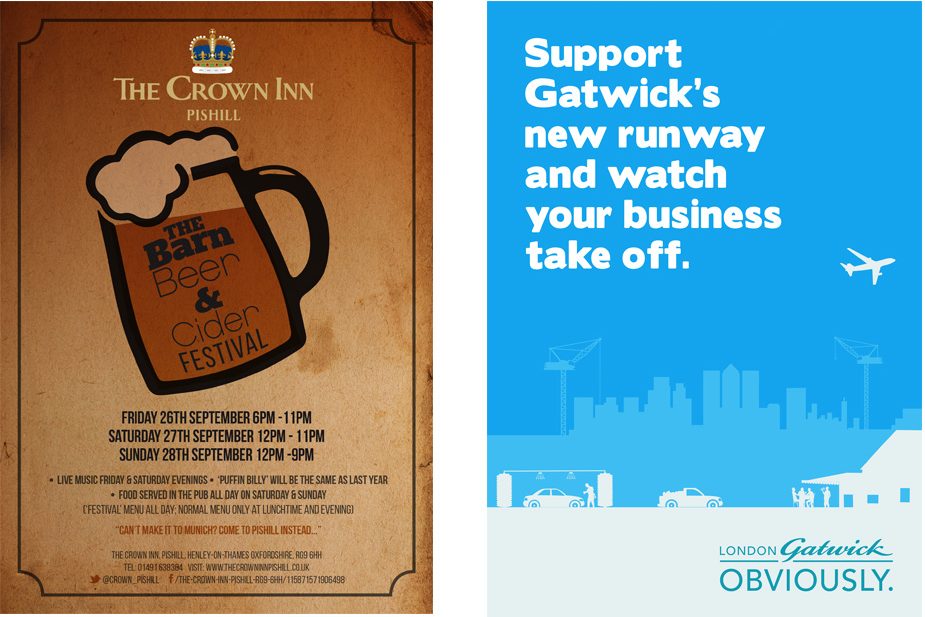There is a presumption that if a marketing promotion is not ‘digital,’ it is redundant or backward thinking.
We investigate if this is true and if there is still room for a good old-fashioned flier in the marketing mix. Do Fliers still work in the age of digital marketing?
Fly away, digital…
Before discussing if Fliers are relevant in the digital era, we first need to confirm what we define as a flier.
Some people consider any printed item handed out as a flier, but this could include brochures, magazines, or product catalogues.
To this discussion, we will consider a flier to be a simple single sheet, which can be folded to create several panels, but ultimately not paginated or stitched in any way.
The relative simplicity is the product of a flier’s nature, which is to be as cheap and easy to produce to allow for a greater number to be distributed easily.

Fit for purpose
A Flier’s marketing purpose is to promote a product or service, so it needs to quickly convey key information quickly and easily.
Compared to a brochure, magazine or catalogue designed to be read and considered over a longer time.
Ultimately a flier should be retained if there is key information provided, such as dates, contact details, benefits, or features.
The fact that every house will have a collection of fliers stuck to a fridge, notice board or filed ‘somewhere’ is a testament to how comfortable and familiar people are with the format and the importance of their information.
Role in a digital world?
It is too easy to focus on one marketing tool or process and question its relevance in this world where if it is not happening on the internet, then it is of little or no use.
But there has been greater recognition and importance put on joined-up campaigns and through-the-line marketing. Customers will now jump between devices and marketing channels before finally purchasing a product or service.
To maximise the potential conversation, it is essential to put the customer at the heart of your communications and engage them where and when it suits them.
This approach means that a customer may become aware of a product or service via a print advert or a flier and use those details to check a website or social media platforms with their mobile device only to complete a purchase on their computer.
Fly high
So, it may seem like if you take any element out, you may still get conversions, but not as many as when all the elements work together.
Each component plays its role in the overall goal; removing any element may significantly impact sales, but it should be seen as a positive.
With its role of catching the eye, conveying key information, being retained either mentally or physically, and ideally being shared or handed around, a flier needs to be designed well.
Fliers can often afford to be more colourful and attractive to fulfil their purpose, and a designer can use this freedom to great effect.
To many, Flier-Design is an art in itself, with the best examples often used to illustrate the latest thinking and style of graphic design.
Conclusion
I can only suggest that not only do Fliers have a role in the digital age, but they are also an essential part of the marketing mix.
